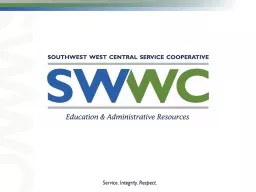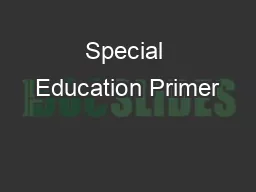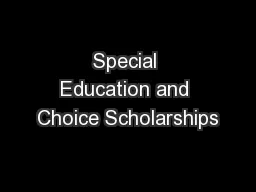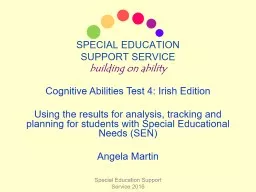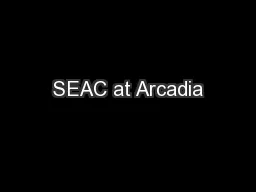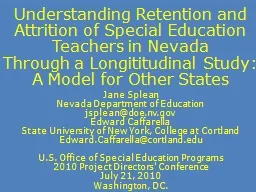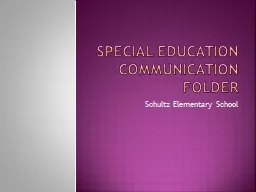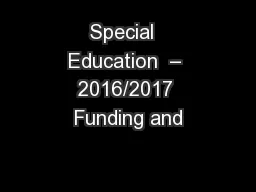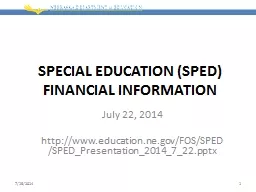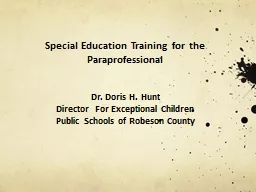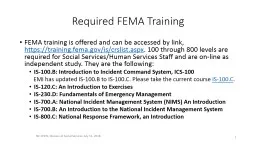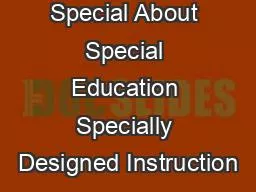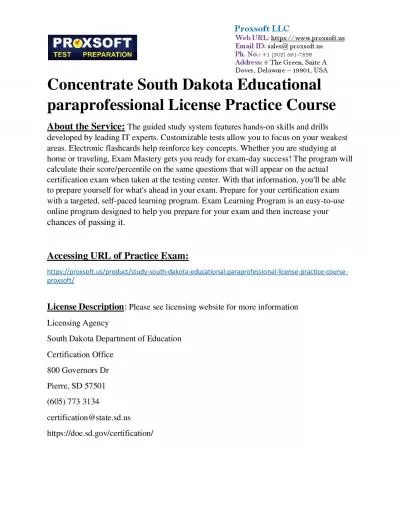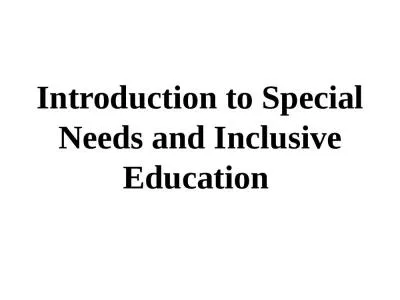PPT-Introduction to Special Education and Annual Required Paraprofessional Training
Author : briana-ranney | Published Date : 2018-09-17
A district employee who is primarily engaged in direct instruction with one or more pupils for instructional activities physical or behavior management or other
Presentation Embed Code
Download Presentation
Download Presentation The PPT/PDF document "Introduction to Special Education and An..." is the property of its rightful owner. Permission is granted to download and print the materials on this website for personal, non-commercial use only, and to display it on your personal computer provided you do not modify the materials and that you retain all copyright notices contained in the materials. By downloading content from our website, you accept the terms of this agreement.
Introduction to Special Education and Annual Required Paraprofessional Training: Transcript
Download Rules Of Document
"Introduction to Special Education and Annual Required Paraprofessional Training"The content belongs to its owner. You may download and print it for personal use, without modification, and keep all copyright notices. By downloading, you agree to these terms.
Related Documents

